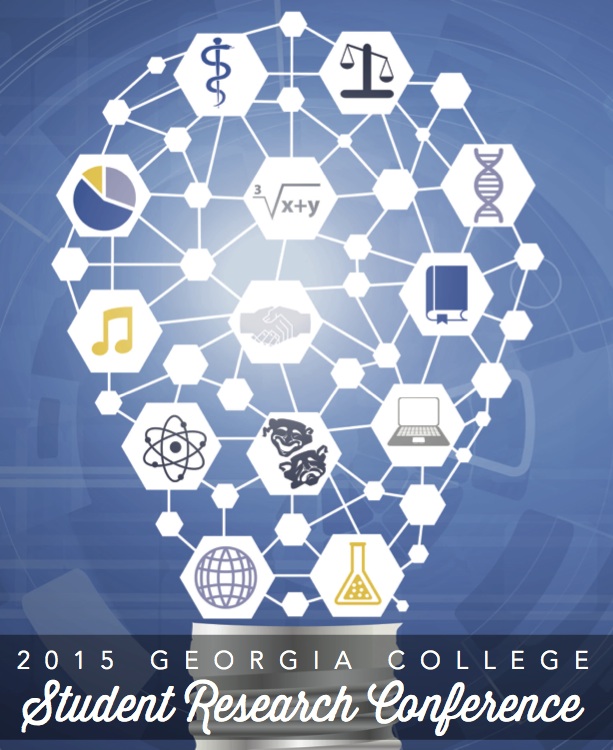Identifying Agents Capable of Curing Yeast of the Sup35 Prion
Abstract
Cell-free and animal models for Alzheimer's disease have shown that natural extracts (e.g., cinnamon) can reverse _-amyloid (A_) formation and the pathologies in Alzheimer's disease A_ is thought to initiate. Beginning with the cinnamon extract, we hope to identify agents that can reverse or cure an amyloid's formation, by disassembling aggregated proteins back into their native state. Our investigations use the yeast model system for the [PSI+] prion that forms when the N-terminal domain of Sup35 protein aggregates into an infectious amyloid, or prion. To do this we are developing complementary systems to measure the curing potential of agents in yeast and cell-free systems. The in vivosystem works via the expression of the ade1-14anti-termination phenotype, that we use to quantitate the [PSI+] phenotype in whole cells via the extent and character of yeast growth. Our cell-free system, which is further along in development, directly monitors the amyloid's aggregation state in vitro.The in vivostudies are the logical extension of cell-free studies where we have already demonstrated that cinnamon extract can block and disassemble aggregated Sup35 amyloid. To sensitize our cell-based assay we will control the expression of galactose-inducible genes whose protein products in turn control the formation or curing of prions in [psi_] and [PSI+] yeast, respectively. Preliminary results, progress in assay development, and planned studies will be discussed.
Identifying Agents Capable of Curing Yeast of the Sup35 Prion
HSB 207
Cell-free and animal models for Alzheimer's disease have shown that natural extracts (e.g., cinnamon) can reverse _-amyloid (A_) formation and the pathologies in Alzheimer's disease A_ is thought to initiate. Beginning with the cinnamon extract, we hope to identify agents that can reverse or cure an amyloid's formation, by disassembling aggregated proteins back into their native state. Our investigations use the yeast model system for the [PSI+] prion that forms when the N-terminal domain of Sup35 protein aggregates into an infectious amyloid, or prion. To do this we are developing complementary systems to measure the curing potential of agents in yeast and cell-free systems. The in vivosystem works via the expression of the ade1-14anti-termination phenotype, that we use to quantitate the [PSI+] phenotype in whole cells via the extent and character of yeast growth. Our cell-free system, which is further along in development, directly monitors the amyloid's aggregation state in vitro.The in vivostudies are the logical extension of cell-free studies where we have already demonstrated that cinnamon extract can block and disassemble aggregated Sup35 amyloid. To sensitize our cell-based assay we will control the expression of galactose-inducible genes whose protein products in turn control the formation or curing of prions in [psi_] and [PSI+] yeast, respectively. Preliminary results, progress in assay development, and planned studies will be discussed.


